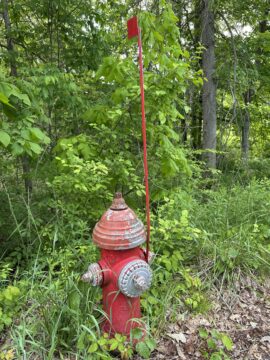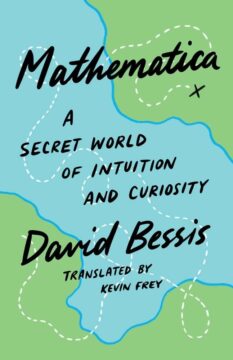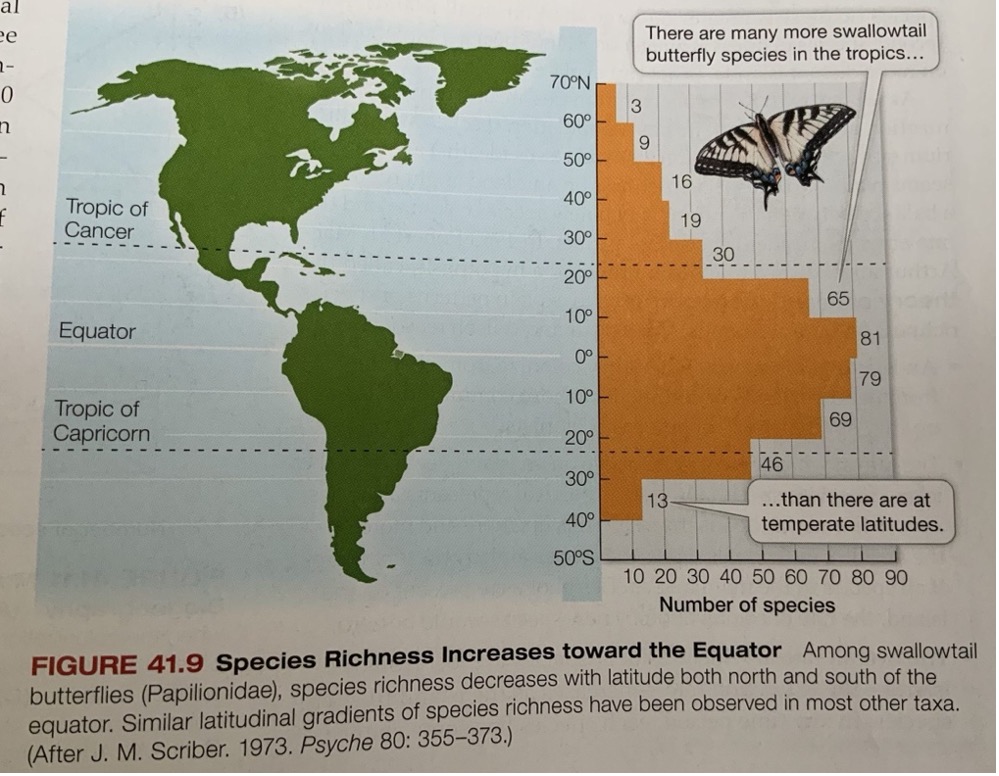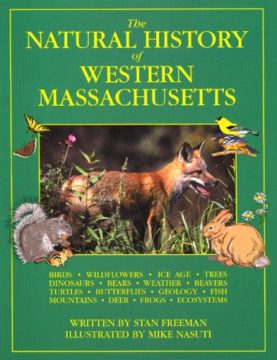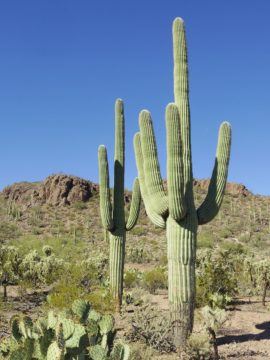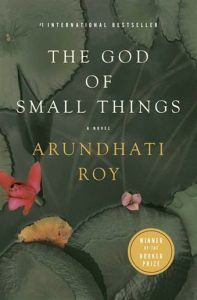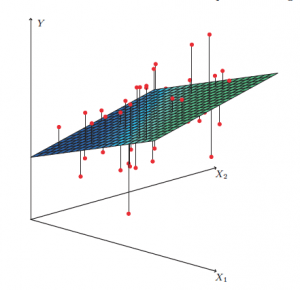An Essay on Multimorbidity

by Hari Balasubramanian Something different this time — an article on one of my longstanding research themes. Since 2015, as part of research that has involved many students, I’ve worked with a dataset called the Medical Expenditure Panel Survey (MEPS). The survey is conducted annually by the U.S. Agency for Healthcare Research and Quality (AHRQ).…

